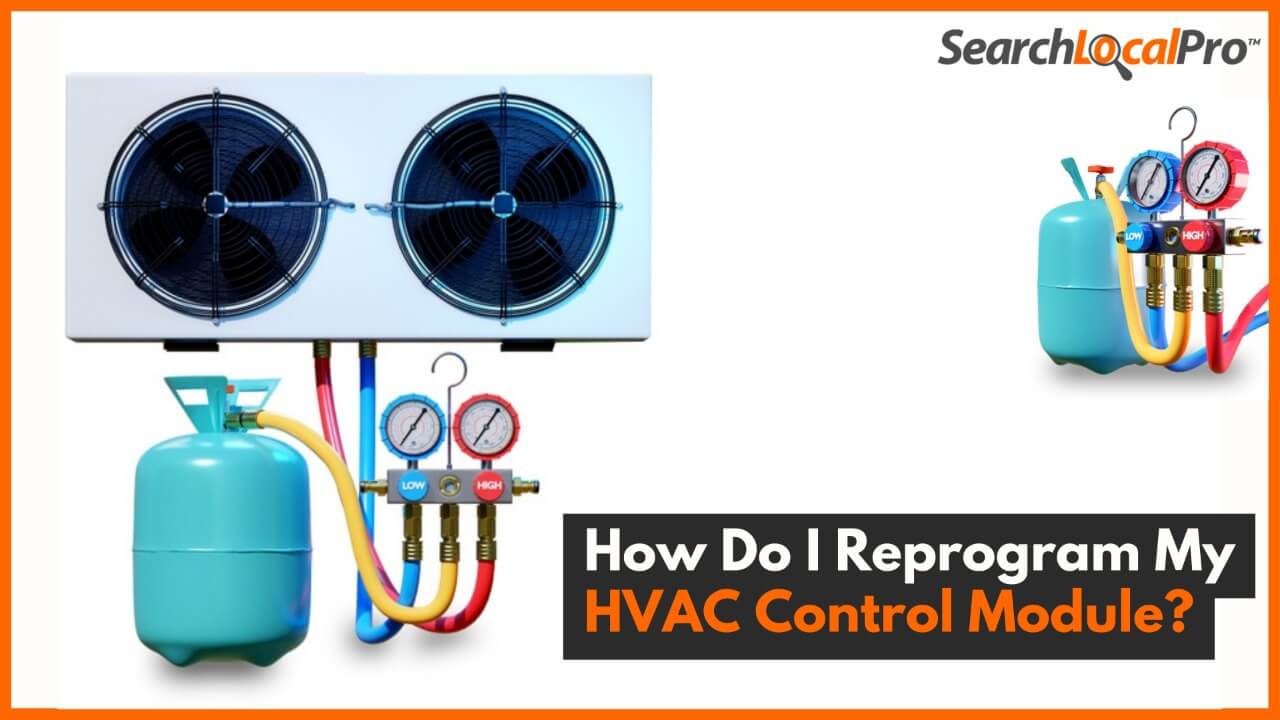Walk-in refrigeration units are critical for industries like food service, healthcare, and manufacturing. These units not only preserve perishable items but also ensure compliance with food safety and health regulations. However, managing these systems safely requires adherence to strict standards. This article provides a comprehensive guide to the health and safety standards for walk-in refrigeration.
This article focus on OSHA regulations, design requirements, emergency protocols, and employee training. Whether you’re a manager, employee, or maintenance technician, this guide will help you ensure a safe and efficient work environment.
What are OSHA Walk-in Freezer Regulations?
The Occupational Safety and Health Administration (OSHA) establishes safety guidelines to protect employees working with walk-in refrigeration units. These regulations aim to reduce risks such as frostbite, hypothermia, and accidental entrapment.
Key OSHA Requirements:
- Temperature Control and Alarms:
Walk-in units must include temperature monitoring systems with alarms to notify users of unsafe temperature fluctuations. - Accessible Exit Mechanisms:
Doors must have functional emergency release handles that can be operated even when locked. - Non-Slip Flooring:
To reduce the risk of slips, flooring should be non-slip and resistant to moisture. - Adequate Ventilation:
Proper ventilation prevents the buildup of harmful gases like carbon dioxide in the refrigeration unit. - Clear Safety Signage:
Visible signage should warn about potential hazards, such as low temperatures or slippery floors.
Pro Tip: Review OSHA’s official documentation for the most up-to-date regulatory standards and compliance guidelines.
What are Walk-in Design Requirements and Safety Features?
Designing a walk-in refrigeration unit with safety and functionality in mind ensures compliance and protects workers.
Key Design Considerations:
- Door Safety:
- Install doors that are easy to open from the inside, even if locked from the outside.
- Include emergency latches or panic bars for added protection.
- Durable Insulation:
- Use high-quality materials to reduce energy loss and maintain consistent temperatures.
- Lighting Systems:
- Equip units with adequate lighting to enhance visibility.
- Use shatterproof bulbs to prevent contamination.
- Ventilation:
- Ensure air circulation systems meet OSHA and ANSI standards to maintain safe air quality.
- Flooring:
- Opt for anti-slip mats or textured flooring to prevent falls, especially in areas prone to moisture.
Best Practice: Conduct regular safety audits to ensure the refrigeration unit remains compliant with design and safety standards.
Legal Compliance and Best Practices for Walk-in Refrigeration
Legal Compliance:
- OSHA Guidelines:
Non-compliance with OSHA standards can result in significant fines and workplace injuries. - National Electrical Code (NEC):
Ensure all electrical components meet NEC standards for refrigeration units, including proper grounding and wiring. - Food Safety Regulations:
Maintain temperatures between 35°F–38°F (1.7°C–3.3°C) to comply with food safety laws for perishable storage.
Best Practices:
- Routine Maintenance:
Schedule regular inspections for door seals, alarms, and ventilation systems. - Energy Efficiency:
Use LED lighting and energy-saving compressors to reduce costs while maintaining compliance with environmental standards. - Comprehensive Training:
Train employees on safety protocols, including using emergency exits and recognizing signs of frostbite.
Get Commercial Refrigeration Services
Safe Work Environment Inside Walk-In Refrigeration
A well-maintained work environment minimizes accidents and injuries.
Tips for Creating a Safe Environment:
- Clear Walkways:
Remove clutter and ensure storage areas are easily accessible. - Proper Storage:
Avoid overloading shelves to prevent items from falling. - Dry Floors:
Regularly clean and dry the floors to reduce slip hazards. - Temperature Awareness:
Monitor temperatures consistently to prevent hazards related to extreme cold.
Can You Get Locked in a Walk-in Freezer or Cooler?
Modern walk-in refrigeration units are designed to prevent entrapment. However, malfunctions or poor maintenance can lead to dangerous situations.
Safety Features to Prevent Lock-ins:
- Emergency release mechanisms that work even during power failures.
- Audible alarms that activate when the door is locked for extended periods.
- Routine inspections to ensure doors and safety systems are functioning correctly.
Ergonomics and Accessibility in Refrigeration Units
Ergonomics play a vital role in preventing workplace injuries and improving efficiency.
Ergonomic Features to Consider:
- Adjustable Shelving:
Reduces strain by allowing customization for easy access to stored items. - Wide Entry Points:
Accommodate workers using carts or handling large loads. - Accessible Controls:
Position temperature and lighting controls at a convenient height for all users.
Can You Open a Walk-in Refrigerator From The Inside?
Yes, modern walk-in refrigerators are designed to open from the inside to prevent accidents.
Safety Mechanisms:
- Emergency Release Handles: Operable even if the door is locked from outside.
- Panic Bars: Provide an additional layer of security.
What are Lighting and Visibility Standards for Walk-in Refrigeration?
Adequate lighting is essential for safety and productivity.
Required Lighting Levels:
- Recommended Standard: OSHA suggests at least 10 lumens per square foot for proper visibility.
Energy-Efficient Solutions:
- LED Lighting: Long-lasting and energy-efficient.
- Motion Sensors: Automatically turn lights on and off to conserve energy.
- Shatterproof Bulbs: Prevent contamination and improve durability.
Employee Safety Laws and Training
Key Topics to Include in Training:
- How to operate emergency exits and alarms.
- Identifying and mitigating workplace hazards.
- First aid training for frostbite and hypothermia.
Training ensures employees are prepared to handle emergencies and avoid accidents.
Emergency Protocols and Supplemental Safety Equipment
Emergency Protocols:
- Install audible and visible alarms.
- Develop and practice evacuation plans.
- Provide workers with communication devices for emergencies.
Supplemental Safety Equipment:
- Thermal gloves and insulated jackets.
- Anti-slip mats near high-traffic areas.
- First aid kits easily accessible in emergencies.
Risks of Non-Compliance with Walk-in Refrigerator Standards
Consequences of Non-Compliance:
- Employee Injuries: Frostbite, slips, or entrapment.
- Legal Fines: Non-compliance can lead to significant penalties from regulatory bodies.
- Operational Downtime: Malfunctions due to ignored maintenance.
- Reputation Damage: Unsafe conditions harm a business’s credibility.
Conclusion
Health and safety standards for walk-in refrigeration are essential for worker protection, operational efficiency, and regulatory compliance. By following OSHA guidelines, maintaining proper design standards, and training employees, businesses can create a safer workplace.
FAQs
What are the safety guidelines for refrigeration?
Ensure proper temperature controls, functional emergency exits, and well-lit, slip-resistant interiors.
What is the standard walk-in fridge temperature?
The ideal temperature range is 35°F–38°F (1.7°C–3.3°C).
What are the conditions for safe food storage in a walk-in refrigerator?
Store food at correct temperatures, label items clearly, and avoid overcrowding shelves.
What is the NEC code for walk-in coolers?
The NEC code mandates proper wiring, grounding, and circuit protection for refrigeration systems.
The walk-in refrigerator must maintain what temperature?
A walk-in refrigerator typically needs to maintain a temperature between 35°F and 40°F (1.6°C and 4.4°C) to ensure food safety and preservation.
However, the temperature may vary depending on the type of products stored. For example:
- Fruits and vegetables: They are generally stored at higher temperatures, around 40°F (4.4°C).
- Meat, poultry, and fish: These should be kept at the lower end of the range, closer to 34°F (1°C) to prevent bacterial growth.
- Dairy products: Typically stored between 35°F and 40°F (1.6°C to 4.4°C) for optimal freshness.
Proper temperature monitoring and regular maintenance are essential to ensure the refrigerator operates efficiently and complies with health and safety regulations.




